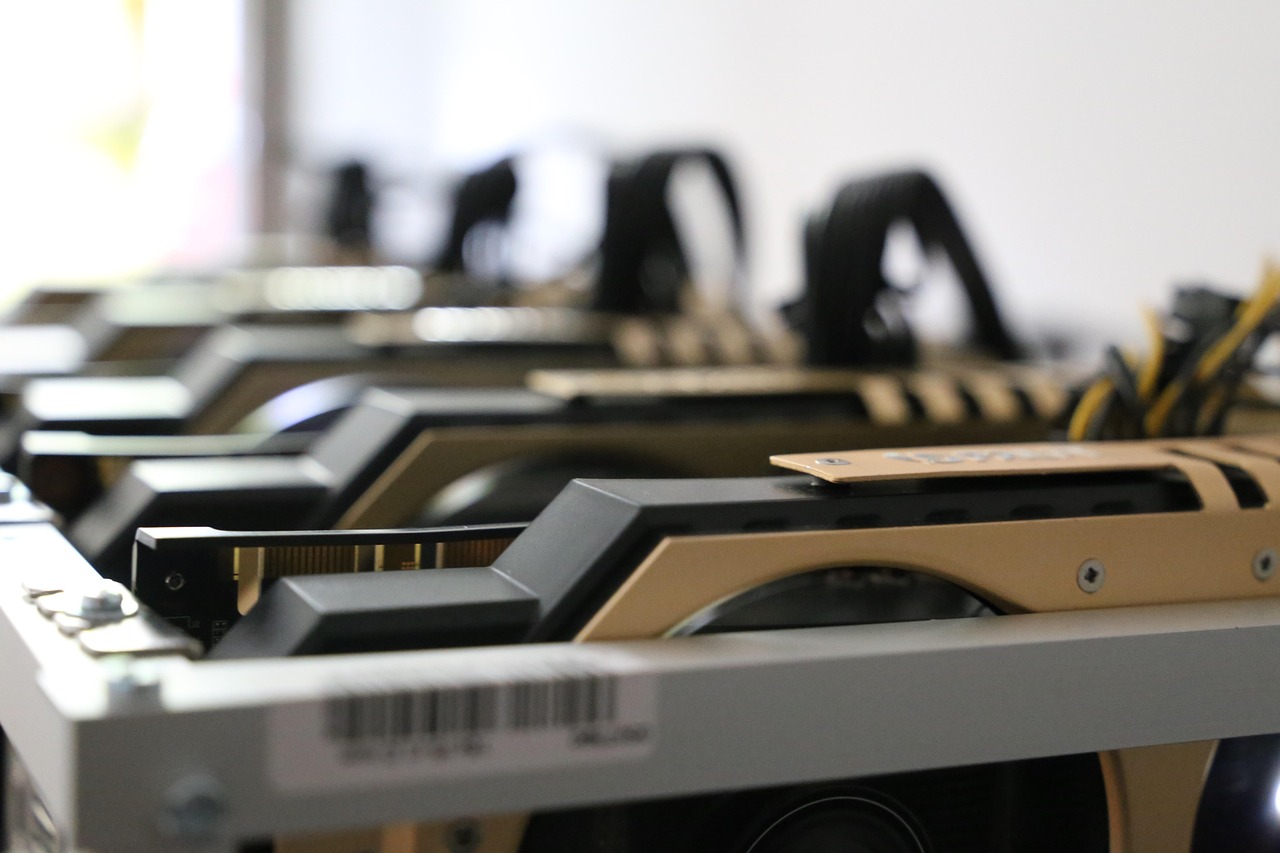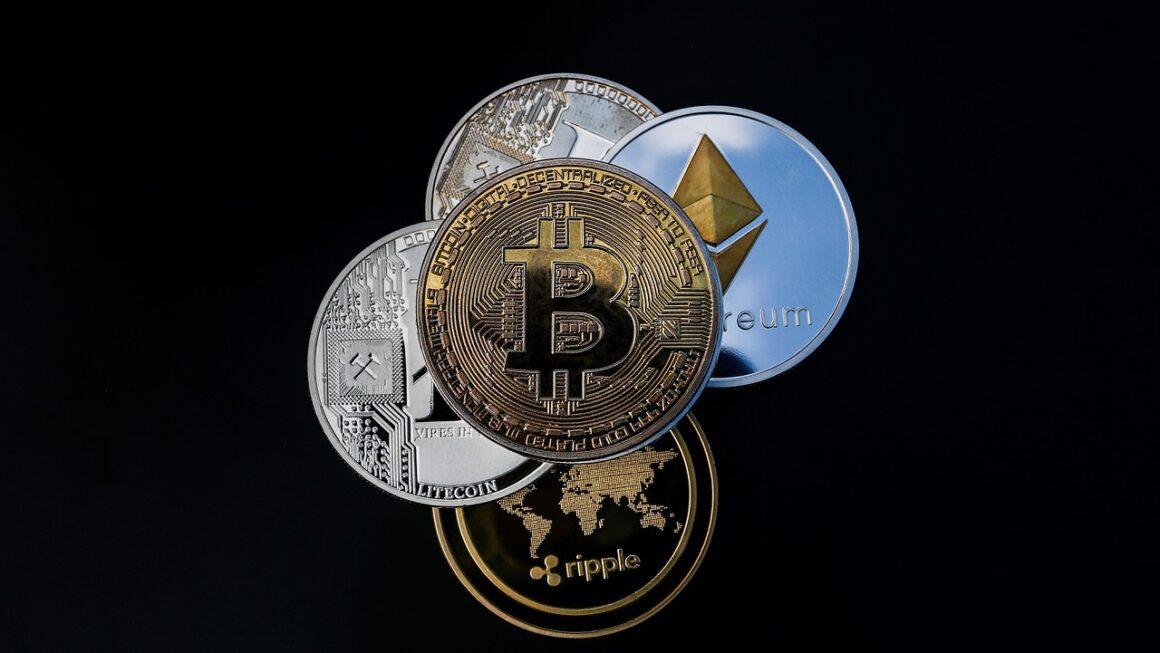Mining, a term often associated with pickaxes and dusty tunnels, is far more complex and crucial to our modern world than many realize. From the smartphones in our pockets to the cars we drive, almost everything relies on materials extracted from the earth through various mining processes. This post delves into the multifaceted world of mining, exploring its different types, techniques, environmental impact, and the technology that is reshaping this vital industry.
What is Mining?
Mining is the process of extracting valuable minerals, metals, and other geological materials from the earth. These resources can be found on the surface or deep underground and are used in a wide range of applications, from construction and manufacturing to energy production and technology.
Why is Mining Important?
- Infrastructure Development: Mining provides essential materials like iron ore for steel production, crucial for building bridges, buildings, and roads.
- Energy Production: Coal, uranium, and other mined resources are used to generate electricity.
- Technology: Rare earth elements and other minerals are vital for manufacturing electronic devices, including smartphones, computers, and electric vehicles.
- Agriculture: Phosphate, potash, and other minerals are used to produce fertilizers, which are essential for crop production.
- Manufacturing: Many industries rely on mined resources for raw materials. Think of aluminum for beverage cans or copper for wiring.
Types of Mined Resources
Mining encompasses a wide array of materials extracted from the Earth. Here are some key categories:
- Metals: Gold, silver, copper, iron ore, aluminum, zinc, nickel, lead, and platinum group metals.
- Non-Metals: Coal, diamonds, salt, sand, gravel, limestone, and various industrial minerals.
- Energy Resources: Uranium (for nuclear power), oil shale, and tar sands.
- Rare Earth Elements: A group of 17 elements crucial for electronics, renewable energy technologies, and defense applications.
Mining Techniques
The method used for mining depends on the type of resource being extracted, the geological conditions, and economic factors.
Surface Mining
Surface mining is used when resources are located near the surface of the earth. It is generally more cost-effective than underground mining but can have significant environmental impacts.
- Open-Pit Mining: This involves excavating a large pit using heavy machinery to extract ore bodies. Examples include copper mines in Arizona and iron ore mines in Australia.
- Strip Mining: This method removes layers of soil and rock (overburden) to expose coal or other minerals. It’s commonly used in coal mining areas.
- Quarrying: This technique is used to extract building materials like limestone, granite, and marble.
Underground Mining
Underground mining is used when resources are located deep beneath the surface. This method is more expensive and dangerous than surface mining, but it has a smaller surface footprint.
- Shaft Mining: This involves digging a vertical shaft into the ground to access ore deposits. Miners and equipment are transported through the shaft.
- Drift Mining: This method uses horizontal tunnels (drifts) to access ore seams in hilly or mountainous areas.
- Slope Mining: A sloping tunnel (slope) provides access to the ore deposit. This is often used when the deposit is at a moderate depth.
In-Situ Mining
In-situ mining, also known as solution mining, involves injecting a solution into the ore body to dissolve the valuable minerals and then pumping the solution to the surface for processing.
- Uranium In-Situ Leaching (ISL): A common application where a leaching solution is injected into uranium ore bodies to dissolve the uranium.
- Copper In-Situ Leaching: Similar to uranium ISL, this technique is used to extract copper from certain types of deposits.
The Environmental Impact of Mining
Mining can have significant environmental impacts, including habitat destruction, water pollution, and air pollution. Responsible mining practices are essential to minimize these impacts.
Habitat Destruction
- Surface mining can lead to the clearing of large areas of land, destroying habitats and displacing wildlife.
- Deforestation can also contribute to soil erosion and loss of biodiversity.
Water Pollution
- Mining activities can release toxic chemicals and heavy metals into waterways, contaminating drinking water sources and harming aquatic life.
- Acid mine drainage (AMD) occurs when sulfide minerals are exposed to air and water, creating sulfuric acid that can leach metals from the rock.
Air Pollution
- Dust generated by mining operations can contribute to air pollution and respiratory problems.
- The burning of fossil fuels to power mining equipment also releases greenhouse gases and other pollutants into the atmosphere.
Mitigation Strategies
- Reclamation: Restoring mined lands to a more natural state, including replanting vegetation and stabilizing soil.
- Water Treatment: Treating mine wastewater to remove pollutants before it is discharged into the environment.
- Dust Control: Implementing measures to suppress dust, such as spraying water on roads and stockpiles.
- Sustainable Mining Practices: Minimizing environmental impact through careful planning, efficient resource use, and responsible waste management.
Technology and Innovation in Mining
Technology is revolutionizing the mining industry, making it safer, more efficient, and more sustainable.
Automation and Robotics
- Autonomous Haul Trucks: Self-driving trucks can transport ore and waste rock around the mine site, improving efficiency and reducing labor costs.
- Automated Drilling: Drilling rigs equipped with sensors and automation systems can improve accuracy and safety.
- Robotic Inspection: Robots can be used to inspect underground mines and equipment, reducing the risk to human workers.
Data Analytics and Artificial Intelligence (AI)
- Predictive Maintenance: AI algorithms can analyze data from sensors to predict equipment failures, allowing for proactive maintenance and reducing downtime.
- Resource Optimization: Data analytics can be used to optimize mining operations, such as blasting patterns and ore processing, to improve efficiency and reduce waste.
- Exploration and Discovery: AI can analyze geological data to identify promising areas for mineral exploration.
Remote Sensing and Drone Technology
- Drone Surveys: Drones equipped with cameras and sensors can be used to create detailed maps of mine sites, monitor environmental conditions, and inspect infrastructure.
- Satellite Imagery: Satellite imagery can be used to track changes in land use, monitor water quality, and identify potential environmental impacts.
- Hyperspectral Imaging: This technology can be used to identify mineral deposits from a distance.
Conclusion
Mining is an indispensable industry that provides the raw materials essential for modern life. While it presents significant environmental challenges, technological advancements and a growing focus on sustainability are driving positive change. By adopting responsible mining practices, investing in innovation, and prioritizing environmental protection, the mining industry can continue to play a vital role in meeting the world’s resource needs while minimizing its impact on the planet. Understanding the complexities of mining – from extraction techniques to environmental considerations and technological advancements – allows for more informed discussions and decision-making regarding this crucial industry.




